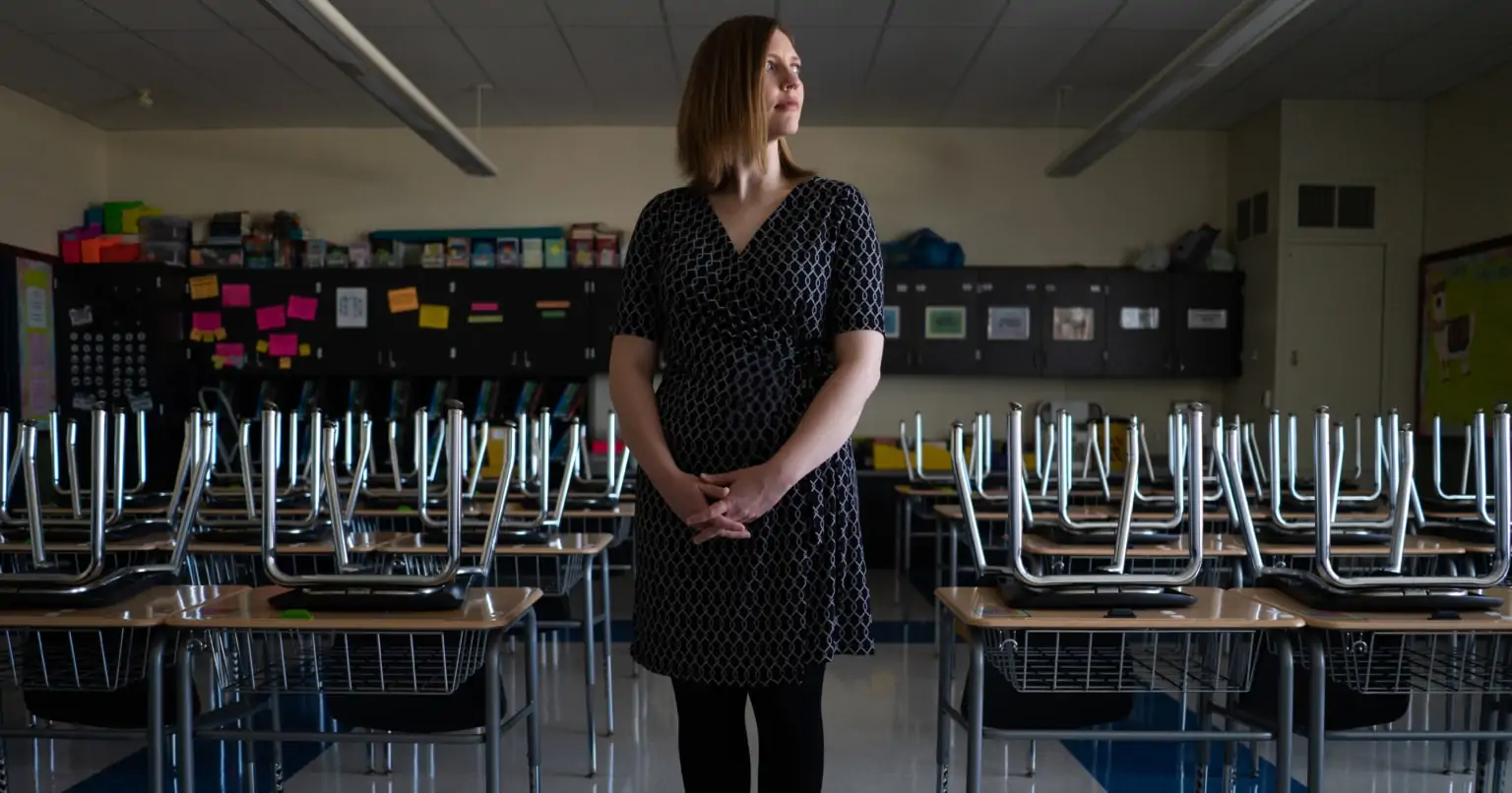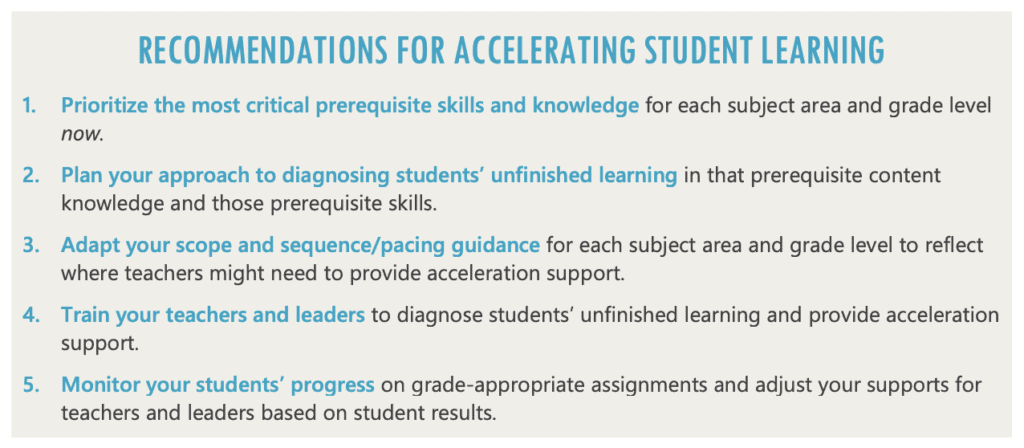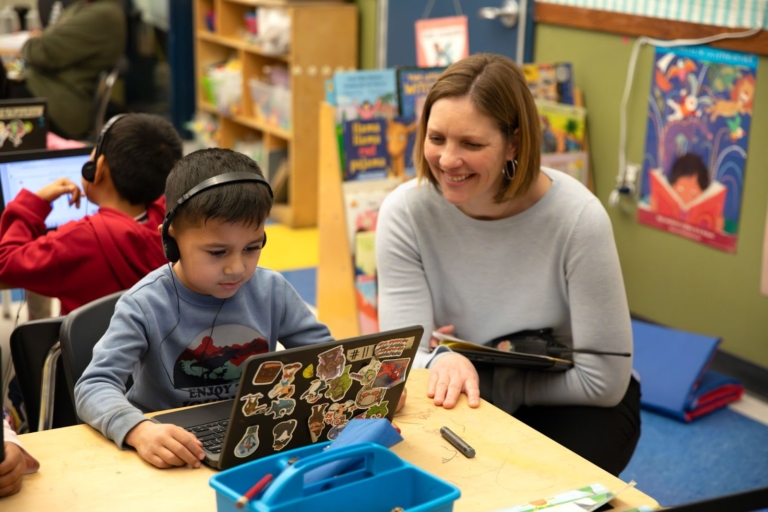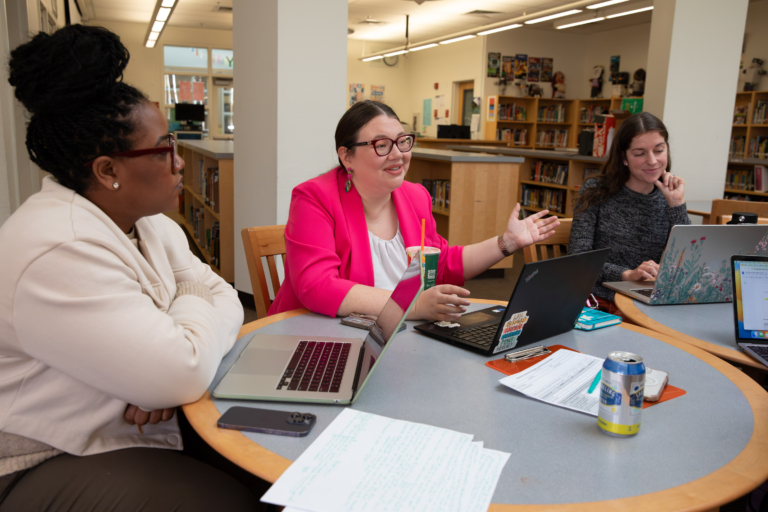Note: This story was originally published on the Chamberlin Family Foundation website. It has been modified to reflect a continuing initiative supported by the Chamberlin Education Foundation.
Even before the pandemic, principal Nicole Ruiz planned to lead her school through significant changes this year to improve student learning. But she could not have predicted the rapid shifts in her team’s teaching practices that ‘distance learning’ would require.
“None of us have really started a school year this way,” said Ruiz, now in her third year leading Stege Elementary School in Richmond. Like all WCCUSD schools, Stege launched remote classes this semester in response to COVID-19.
Stege, which serves the highest percentage of African American students in the district (52% in 2019), was singled out last year—well before the pandemic—by the superintendent for a full programmatic redesign to address chronically low student academic scores and rampant teacher turnover, according to Ruiz.
Recognizing that she and her team could use targeted support to address these challenges, Ruiz joined a dozen other WCCUSD principals and their teams as part of the Chamberlin Education Foundation’s 2020-21 Instructional Leadership Community of Practice (IL CoP).
“What I’ve been able to gain in this short period of time,” Ruiz said after participating in the IL CoP’s summer workshops, “is really invaluable.”
Since 2018, the IL CoP has brought together principals, vice principals, and instructional leaders to learn from experts on curriculum and instruction, and from one another, in an effort to improve academic outcomes for students in some of the district’s highest-need schools.
According to Ruiz, participating in the CoP’s summer distance-learning workshops strengthened her team’s remote teaching practices to meet grade-level standards. Beyond that, Ruiz said, she now exchanges ideas with ambitious colleagues working to accelerate student learning despite the drawbacks of online instruction.
“This Community of Practice is amazing,” Ruiz said, noting the program’s ability to bring principals out of “silos” to explore best practices for adapting instruction without reducing grade-level expectations.
“This time of distance learning is super challenging.” Ruiz said. “I’m developing in myself some systems and tools to tackle this head-on.”
Adapting to accelerate
Taylor Parham, who assumed the top job at Lincoln Elementary after three years as the school’s Vice Principal, echoed Ruiz’s dedication to helping teachers accelerate learning without diluting the curriculum.
Unlike traditional remediation efforts that experts claim may worsen the learning loss created by the impact of COVID-19, acceleration plans help instruction remain at grade-level even if instructional time and methods are adapted to the virtual classroom, Parham explained.
“The acceleration team experience over the summer was very positive for us,” Parham said.
Parham and a select group of Lincoln teachers last summer examined the school’s Math and English Language Arts curricula to ensure it could be successfully delivered through a distance-learning experience. The IL CoP provided coaching and support to schools’ acceleration teams as they designed their remote teaching plans before school began.
When she was a vice-principal, Parham primarily focused on school “culture and climate.” As a principal, Parham said, her participation in the IL CoP allows her to dig deeper into best practices for high-quality instruction.
“It kind of all clicked in the community of practice,” Parham said.
“I was able to put my ‘instruction hat’ on,” Parham said. “What does rigor look like in classrooms? How are we measuring this with common rubrics? How are we holding ourselves accountable as site leaders?”
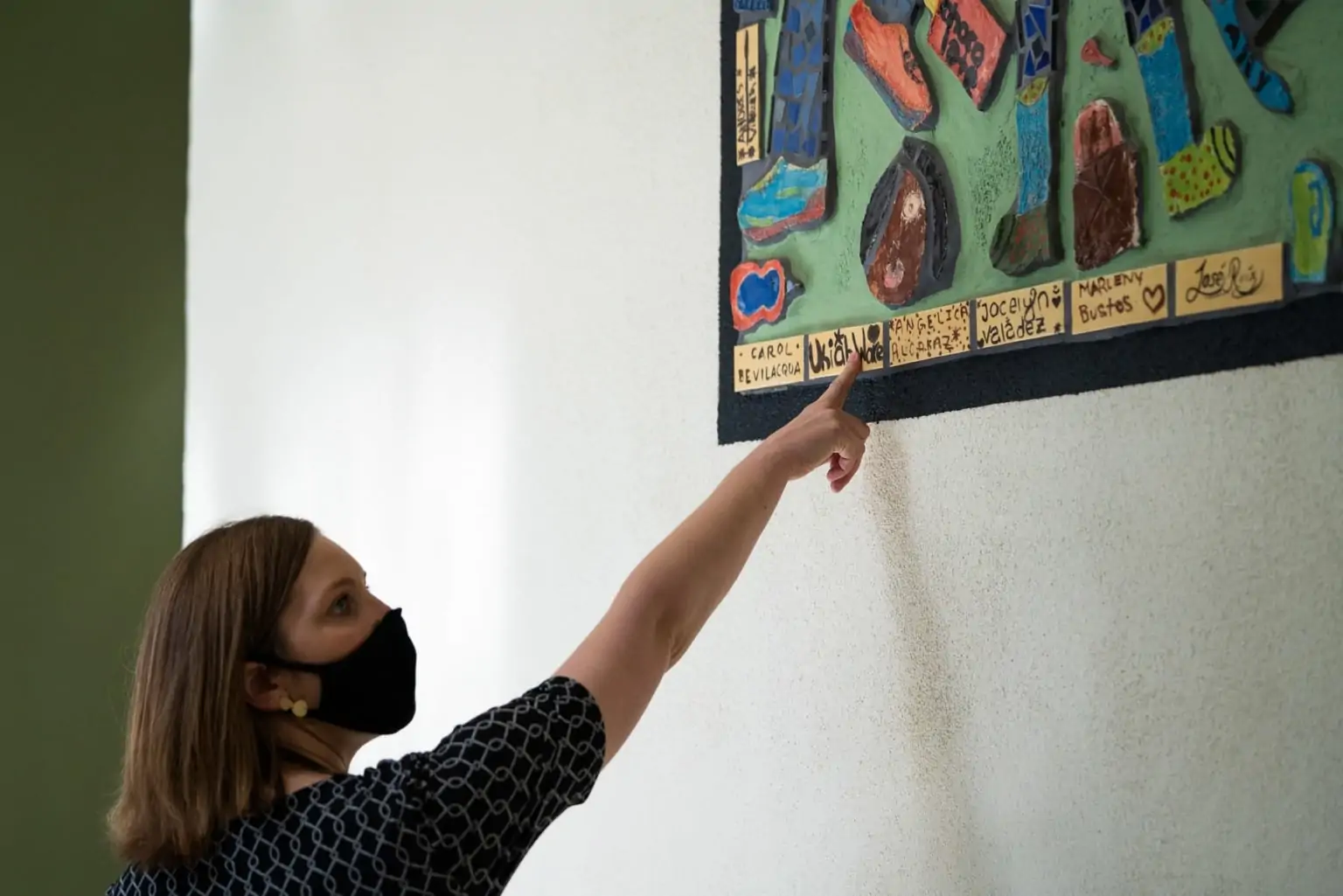
The IL CoP’s summer sessions that Parham and Ruíz joined provided a crash-course in filling in lost learning while keeping instructional rigor high.
During six workshops presented by TNTP, a dozen WCCUSD principals and their teams examined best practices to accelerate grade-level learning in a virtual environment. They used TNTP’s Learning Acceleration Guide to structure plans and consider how systems could best support distance learning.
Workshop leaders encouraged principals to invite their Instructional Leadership Teams, which help teachers meet curriculum and instruction goals aligned with California’s Common Core standards. In total, more than 50 representatives from IL CoP schools participated in each summer session.
Equity at the forefront
As an additional professional development opportunity this summer, CEF provided over 80 WCCUSD teachers and school leaders free access to UnboundEd’s annual Standards Institute professional development workshop.
The two-day training (this year conducted virtually) emphasized the critical link between standards-aligned curriculum and instruction and equitable learning opportunities for all students.
“In terms of racial equity,” Parham said, “this is our time to really bring it to the forefront.”
At Parham’s school, matters of racial and financial equity impact nearly every student. 97% of Lincoln students qualify as “socioeconomically disadvantaged,” and 98% are students of color, including 74% Latinx and 18% African American, according to the California Schools Dashboard. 64% of Lincoln students are English learners.
For students at Lincoln, delivering rigorous learning opportunities is an “equity issue,” Parham said, and one that she calls a “huge priority.”
“We need to do some real work around this,” Parham said.
In terms of racial equity, this is our time to really bring it to the forefront. — Taylor Parham
Some of the work ahead will leverage continuing professional development offered through the CoP, which has grown to support nearly 25% of WCCUSD principals this year.
Addressing unfinished learning
Melissa Chipman, the Math Content Lead at Instruction Partners, is one of the curriculum experts who will lead a series of professional development sessions for CoP principals and their teams this Fall.
A former math teacher, Chipman cited research that forecasts increased “learning loss”—particularly in math—due to the disruptions caused by COVID-19.
“That can’t happen,” Chipman insisted.
“I think about my old students. I think about what I would want to be true for them in this time. And I think of myself as a teacher, and what kind of support would I want as a teacher,” Chipman said, describing the importance of offering research-backed guidance and professional assistance as a “thought partner” to ensure students can avoid the “COVID slide.”
“There are kids who want to be an engineer, and there are kids who want to be an astronaut. So that can’t happen.”
‘Capable and resilient’
Echoing Chipman’s conviction, principals Parham and Ruiz insist that, no matter the circumstances, they must deliver for their students at Lincoln and Stege.
“I just feel like it is absolutely my responsibility, and it’s the responsibility of every adult at Lincoln, to do right by our kids,” Parham said. “They deserve it.”
“You can’t become resigned,” Ruiz said, even in the face of difficult odds.
“Our motto is ‘we are capable and resilient scholars,’” Ruiz said of the students at Stege.
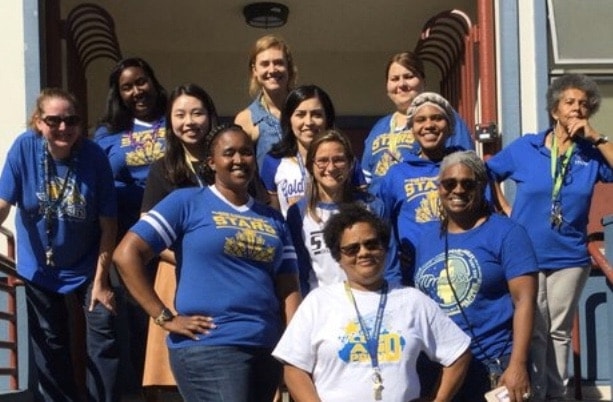
With their acceleration plans in place, and ongoing support for adapting instruction to distance learning, both Parham and Ruiz began the fall semester prepared to support their team’s continued growth, despite the circumstances. For the students, Ruiz said, the learning must continue.
“I don’t want them to see this as a throw-away year, a give-away year, or anything like this,” Ruiz added. “I want them to see [that] this is a year of them doing things differently.”
“We have a saying amongst our Instructional Learning Team,” Parham said, “that steel sharpens steel.”
“We’re making each other better,” she said, “and we’re bringing that work back from the community of practice to sharpen our other teachers.”
“I just want to lift that up,” Parham continued, “that they are the ones doing the real work on the ground every day.”
